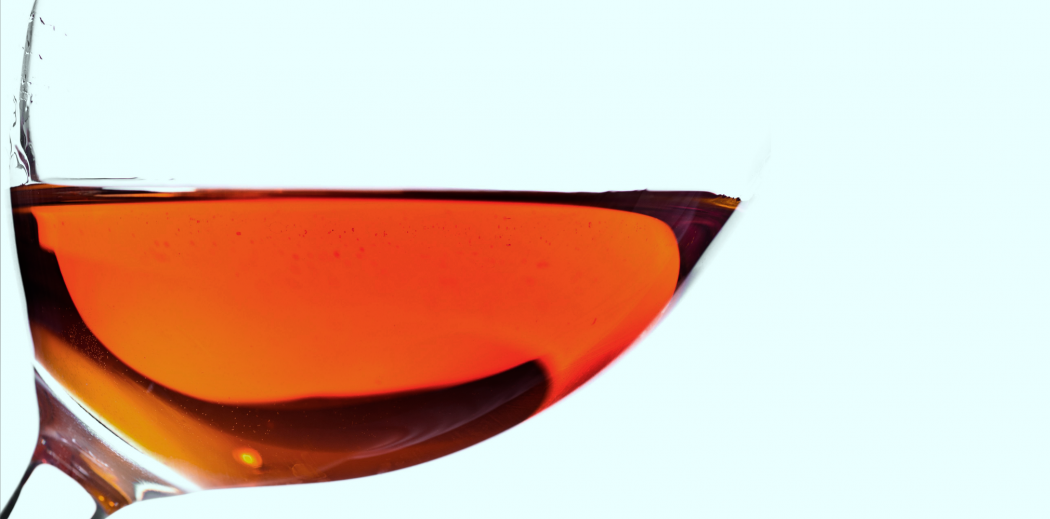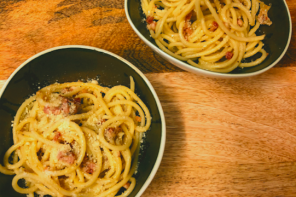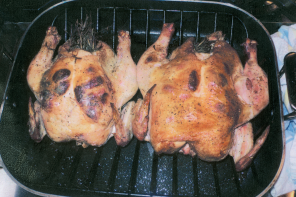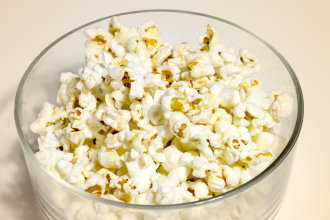If Barolo is the “wine of kings, king of wines” then certainly Chinato wears the crown in the vermouth world. And yet, it is so much more than a mere vermouth. It follows the age-old tradition of infusing wine with herbs, spices and other botanicals to create a new beverage part health tonic, part just plain good. Although there have been many such aromatized wines to come before Chinato and several have appeared on the market since, the fact remains that in the world of wine, it is something both special and rare.
Where many of the vermouths you’ll encounter are made with neutral wines, Chinati use Barolo as a base. Yes, that Barolo, one of Italy’s triumvirate of great reds alongside Amarone and Brunello. It’s no wonder then, that Chinato is so cherished for its gustatorial intricacies. Like other Italian vino aromatizzato, it’s both bitter and sweet with heady botanicals adding to the inherent aromas and flavors of the noble Nebbiolo grape. But we’re getting a little ahead of ourselves. First, here’s a little backstory.
As a recent invention in the booze world, we know plenty about Chinato’s origins (though less about its contents). During the 19th century, when alcohol was still prescribed for medicinal purposes, a pharmacist by the name of Giuseppe Cappellano created and perfected a recipe for an aromatic wine unlike any other. To aged Barolo he added bark from the cinchona tree aka quinine bark, a mixture of herbs and spices, sugar, and alcohol, working out the right amount of each to achieve the harmony of flavor and health benefits he sought. Quinine bark is the primary source for the wine’s characteristic bitter flavor. Called china calisaia in Italian, it is also the origin of the name Chinato. Sold to ease colds and aid in digestion, Cappellano’s Chinato quickly grew in popularity because of the complexity, purported curative properties and general deliciousness of the ruby-hued nectar.
Today, five generations later, the Cappellano family is still among the top traditionalist Barolo producers and unique in the region for bottlings of Barolo from ungrafted Nebbiolo vines. And yes, they still make Chinato following Giuseppe’s recipe; Cappellano is considered the gold standard for Chinato by many. Other makers of Barolo craft their own Chinatos, commonly using citrus peels, cinnamon, ginger, gentian and cardamom – proprietary blends whose secrets only they know.
Despite being made from Denominazione di Origine Controllata e Garantita wine, Chinato is not itself a DOCG, although perhaps it should be. Not just nuanced, unopened Chinato can continue to develop in bottle for decades. It’s incredibly smooth and a worthy answer to the age old question of, “What wine pairs with chocolate?” Drink it as a digestif or simply to savor. Chinato is a complete sensory experience and while it may not be a cure for the common cold, it’s just as wonderful today as when Giuseppe first created it some one hundred and 25 odd years ago.









I’ve heard of this wine / apertivo / digestif, but where can you get it?. I’ve never seen it around. i live in San Francisco and with a lot of people of italian descent and Italian markets and I’ve never seen this. Hopefully it’s not too expensive and would love to try it though and find a reliable source for it. Can anyone help?